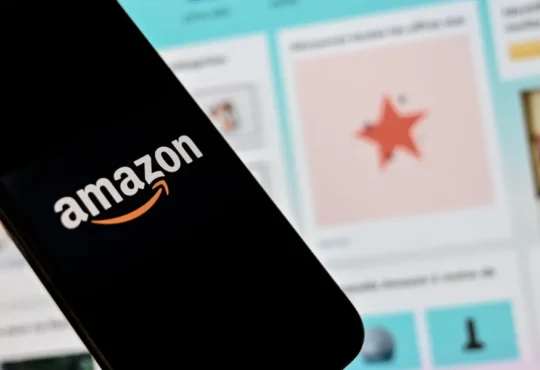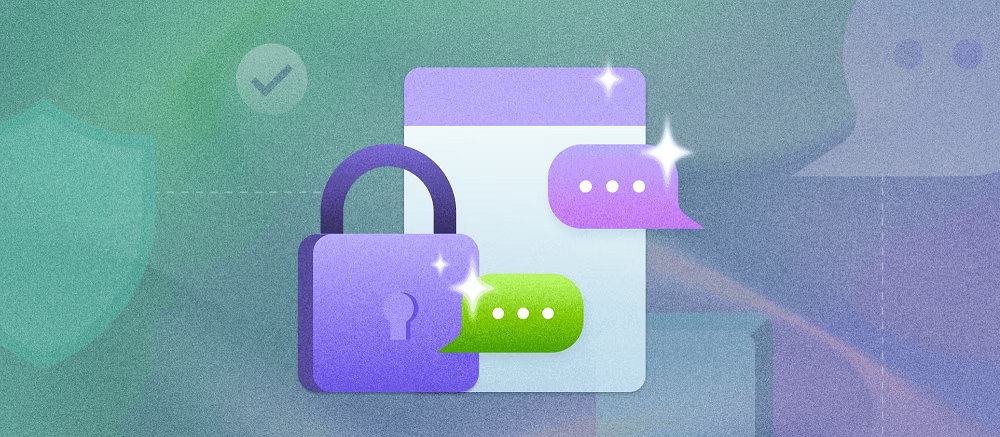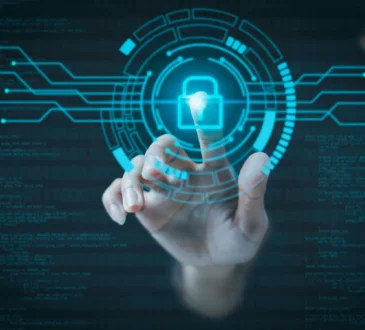They communicate privately and securely. In our modern digital age, this has given rise to encrypted messaging apps and services that aim to protect our conversations from prying eyes. The latest entry in this field is Privatenoter, a secure note-sharing service. But to understand Privatenoter’s role, let’s first journey through the fascinating history of secret communication.
The earliest forms of secure messaging date back thousands of years to using cyphers and codes. The ancient Spartans famously used a cypher device called a scytale in the 5th century BC to encrypt military messages. The device consisted of a cylinder wrapped around a piece of parchment. The message was written on the parchment, then unwrapped and sent. Only a cylinder of the same diameter could be used to decipher it.
Many famous historical figures have used cyphers and codes, including Julius Caesar, Mary Queen of Scots, and Thomas Jefferson. Some used letter substitution cyphers (where each letter is systematically replaced by another), while others used codebooks with secret meanings assigned to specific words and phrases. Code breaking became an essential part of warfare and espionage. The Germans used the Enigma machine, an electromechanical rotor device that scrambled messages with ever-changing letter substitutions. It took years and massive computing power for Allied code breakers to crack Enigma. The Allies had their encryption triumph by creating the first programmable digital computer, Colossus, to break the German’s Lorenz cypher.
This arms race between code makers and code breakers continued through the Cold War era as computers became more powerful. The Data Encryption Standard (DES) became the first standardized cypher authorized for government and public use in the 1970s. However, by the late 1990s, DES was cracked, and stronger cyphers like Triple DES and AES took place. The development of public key cryptography by Whitfield Diffie and Martin Hellman in 1976 was another major milestone. It allowed two parties to establish a secure communication channel over a public network without exchanging private keys. This enabled the creation of the safe web protocol HTTPS and set the stage for modern encrypted messaging click for more info https://privatenoter.com/.
The first widely used encrypted messaging platform was Pretty Good Privacy (PGP), developed by Phil Zimmermann in 1991. PGP combines symmetric-key and public-key cryptography to provide email encryption. When the U.S. government investigated Zimmermann for “exporting” the encryption software, it sparked the “Crypto Wars” over the public’s right to use strong encryption. Court rulings ultimately established the code as protected free speech. Deniable authentication allows the sender to deny sending a message since no digital signature proves it came from them.
Despite the proliferation of encrypted messaging apps, privacy gaps exist when sharing text snippets and notes outside established contacts. When sharing a quick message, setting up encrypted communications with someone new can be cumbersome. This allows more casual private communications between parties who don’t necessarily want to establish an ongoing encrypted chat. It expands the user base for encryption beyond privacy diehards to include anyone who needs to occasionally share info securely, whether it’s a password, account number, or sensitive document.










